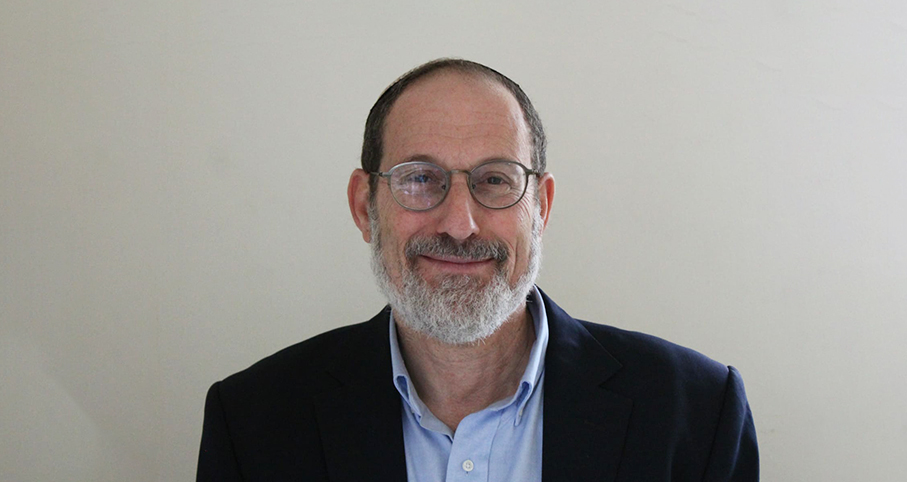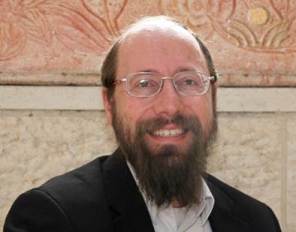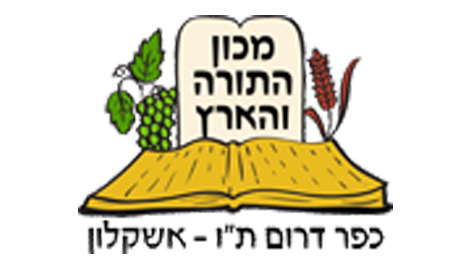Ask the Rabbi
Question
Do you have any information about when the chassidish havarah came about? Was it after the Baal Shem Tov or was it even in the times of the Rishonim?
Answer
Religious people are very wary of reform, so it’s hard to believe that a conscious decision could change the pronunciation of the masses in their daily prayers, especially before modern communications. It’s probable that these pronunciations were local traditions which preceded chassidut, and that the misnagdim of each area also pronounced just like the chasidim (note, even different chassic groups enunciate differently!). In general, most havara differences, stem from influence of the surrounding language in each particular exile, e.g. listen to a Jew speak Hungarian and then hear his kaddish, and you don’t notice that he’s switched languages; hear a Brooklyner or a Brookliner (Bostonian) say the “r” in “zachor”, according to their respective accent in English when they say “park the car”! Accordingly, much of the Chassidic havara also differs from place to place and obviously isn’t original.
Although theoretically, when the Ba’al Shem Tov and chassidic rebbeim wished to revive the study of kabbala, it makes sense that they would make a conscious effort to implement what’s written precisely in the Zohar (the Yemenite pronunciation) and try copying it [note that some (definitely not all!) of the chassidic pronunciations (like the cholam: oi; the komatz: aw; the enhanced ayin, as in Yankev=Ya’akov) are somewhat similar to the Yemenite, and even their chirik (“he” for “hu”) and the tav (“sav”) aren’t far from the Yemenite (they say: thav, as in the English word: the)], but I haven’t seen any source referring to such a conscious change.






